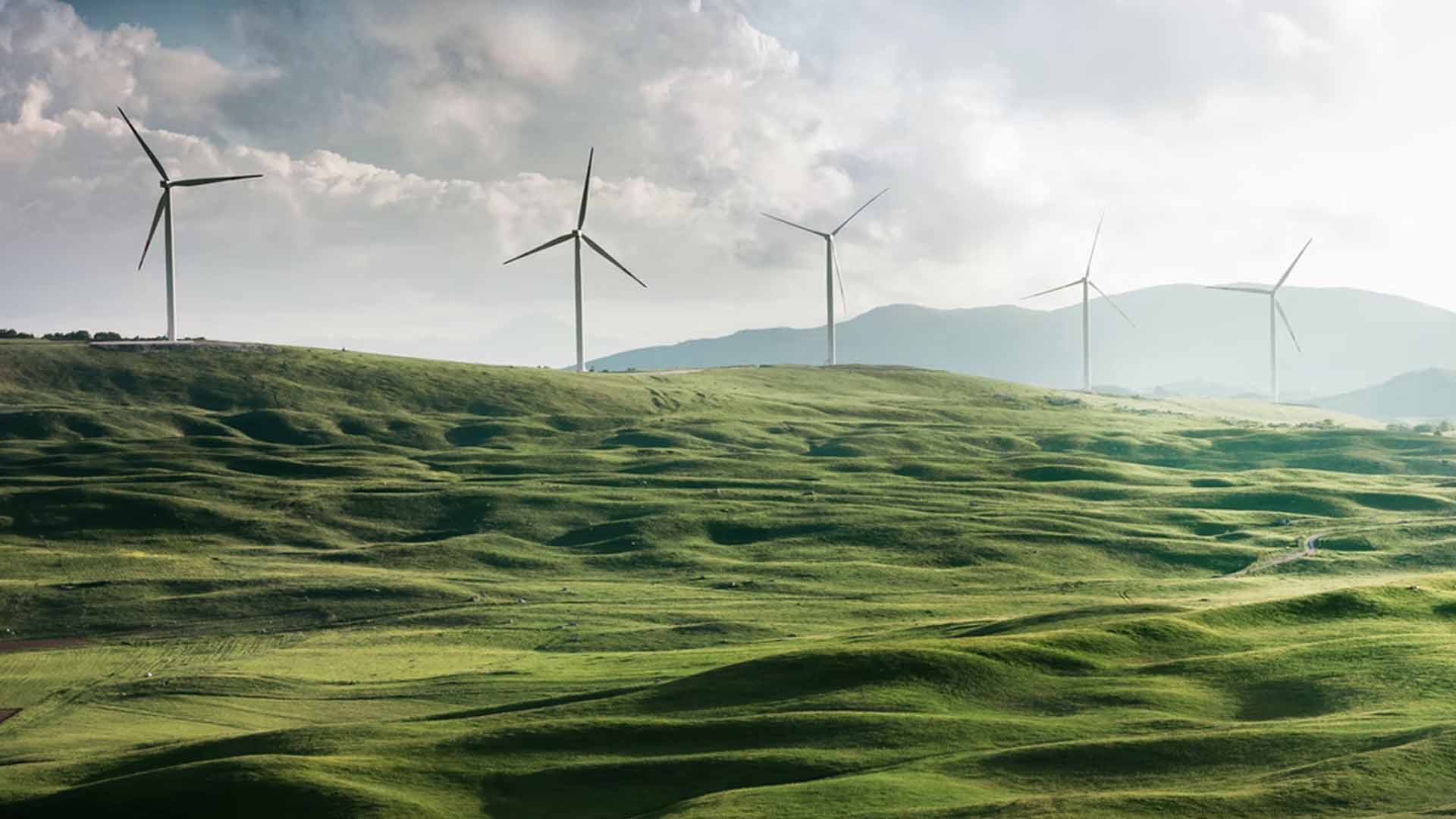Prime Minister Narendra Modi said that the government was working on mission mode to increase the consumption of natural gas in our energy mix from 6% to 15% by 2030 where all the needed infrastructure will be provided by the national energy grid, which has been renamed as ‘One Nation, One Grid’.
“The government is trying to increase the capacity of LNG Terminal regasification”, the Prime Minister said while inaugurating the India Energy Week (IEW) 2023 in Bengaluru. India Energy Week is the first significant energy event of the G20 calendar.
India Energy Week is being organised from February 6-8 and aims to showcase India’s potential of being a leader in energy transition. The event will bring together leaders from the traditional and non-traditional energy industry, governments, and academia to discuss the challenges and opportunities that a responsible energy transition presents.
It will see the presence of more than 30 Ministers from across the world. Over 30,000 delegates, 1,000 exhibitors and 500 speakers will gather to discuss the challenges and opportunities of India’s energy future.
Addressing the gathering Modi said that the terminal re-gasification capacity of 21 MMTPA has doubled in 2022 while efforts are being made to increase it even more. He also added that the number of CGDs in the country has gone up 9 times and the number of CNG stations has gone up to 5000 from 900 in 2014. The Prime Minister also touched upon the gas pipeline network which has increased to 22,000 kilometers from 14,000 in 2014 and pointed out that the network will expand to 35,000 kilometers in the next 4-5 years.
Highlighting India’s emphasis on domestic exploration and production, the Prime Minister informed that the EP sector has shown interest in the areas hitherto considered inaccessible. “We have reduced the ‘No-Go’ areas. Due to this, 10 lakh square kilometer area has been freed from the restrictions of No-Go. I would urge all the investors to make use of these opportunities, and increase your presence in the exploration of fossil fuels”, he said.
Regarding bio-energy expansion, the Prime Minister talked about the first 2G Ethanol bio-refinery in August last year and said that preparation is for 12 commercial 2G Ethanol plants. Similarly, efforts are in the direction of the commercial feasibility of sustainable aviation fuel and renewable diesel. Mentioning the provisions of this year’s budget the Prime Minister informed about 500 new ‘waste to wealth’ Gobardhan plants, 200 compressed biogas plants and 300 community-based plants which will create new avenues of investments.
“The National Green hydrogen mission will give a new direction to the India of the 21st century”, the Prime Minister remarked. He underlined that the country is aiming to produce 5 MMTPA green hydrogen by the end of this decade which brings in the possibility of investments of more than Rs 8 lakh crore. He also added that India will increase the share of green hydrogen to 25 percent by replacing grey hydrogen.
The Prime Minister also touched upon the crucial subject of battery cost in EVs and noted that its cost is 40% to 50% of the cost of the car. He informed that the government has started a PLI scheme worth ₹18,000 crores, which will be a significant step towards manufacturing advanced chemistry cells of 50 giga watt hours (GWH).
The Prime Minister highlighted the government’s thrust to renewable energy, energy efficiency, sustainable transportation and green technologies in the new budget. ₹35,000 crores have been kept for priority capital investment to push energy transition and net-zero objectives. Provision for ₹10 lakh crore rupees capital expenditure will give a push to green hydrogen, solar to road infrastructure.
He further elaborated on the green energy initiative and informed that in the last nine years, renewable energy capacity increased from 70GW to about 170GW in that solar power increased by 20 times. India, he said, is at number four in wind-power capacity. “We are aiming to have 50% non-fossil fuel capacity by the end of this decade.
“We are also working very fast on Biofuel, and ethanol blending. In the last 9 years, we have increased ethanol blending in petrol from 1.5 percent to 10 percent. Now we are moving towards the target of 20 percent ethanol blending”, he added.
Modi also launched E20 fuel at 84 retail outlets of Oil Marketing Companies in 11 States and Union Territories along the lines of the ethanol blending roadmap. Referring to the E-20 rollout, the Modi said that the first phase of the rollout will cover 15 cities and within two years it will be expanded to the entire country.


























